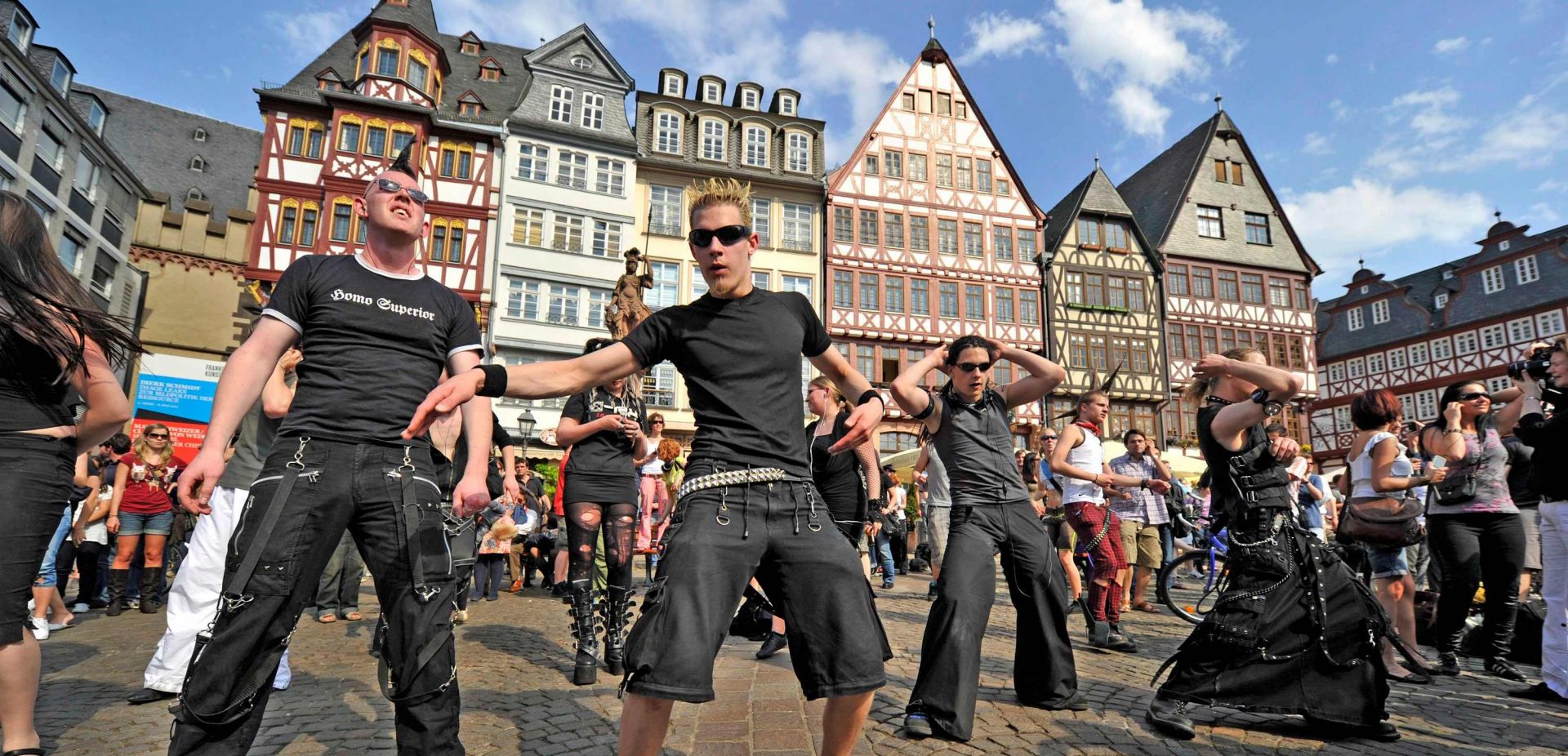
A couple of years ago we spent Easter near Frankfurt am Mein. Holy Sunday is one big commercial crescendo here. The local cathedral, the coronation site of German kings and emperors, was practically deserted. Instead of that, when walking main streets we had to struggle through dense crowds of people who rushed to do their shopping. Now and then the human stream was stopped by buskers, each of different nationality, each performing a repertoire that had nothing to do with the Easter aura. Cool, but… somewhat barbarian.
 SIGN UP TO OUR PAGE
SIGN UP TO OUR PAGE
 When did the change occur? Hard to say. The first time I heard it was about a quarter of a century ago: in a tiny church in Helsingfors, where I was the only visitor, choirs resounded. But where were they? Nowhere. They were played from tape, from loudspeakers placed in many places. I hadn’t known this trick yet, so the effect was there. Over the years, I have come across this type of audio and tourist attractions more and more often. Seemingly discreet, as if well-chosen when it comes to the era and architectural order of churches, but still imposing in terms of sound.
When did the change occur? Hard to say. The first time I heard it was about a quarter of a century ago: in a tiny church in Helsingfors, where I was the only visitor, choirs resounded. But where were they? Nowhere. They were played from tape, from loudspeakers placed in many places. I hadn’t known this trick yet, so the effect was there. Over the years, I have come across this type of audio and tourist attractions more and more often. Seemingly discreet, as if well-chosen when it comes to the era and architectural order of churches, but still imposing in terms of sound.

In archaeology, there are so-called black swans - at a given historical moment they should not have occurred, but they did.
see more




